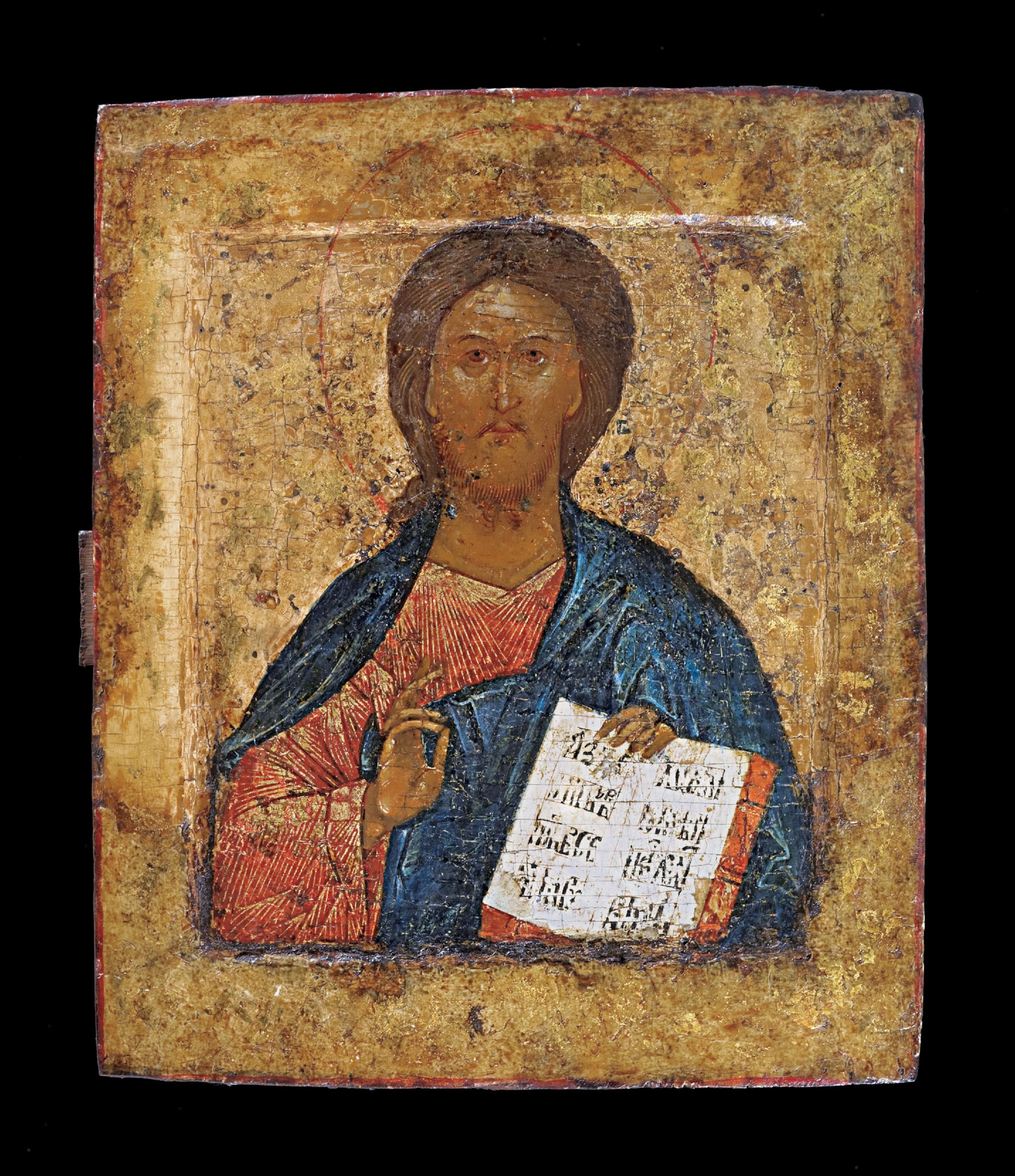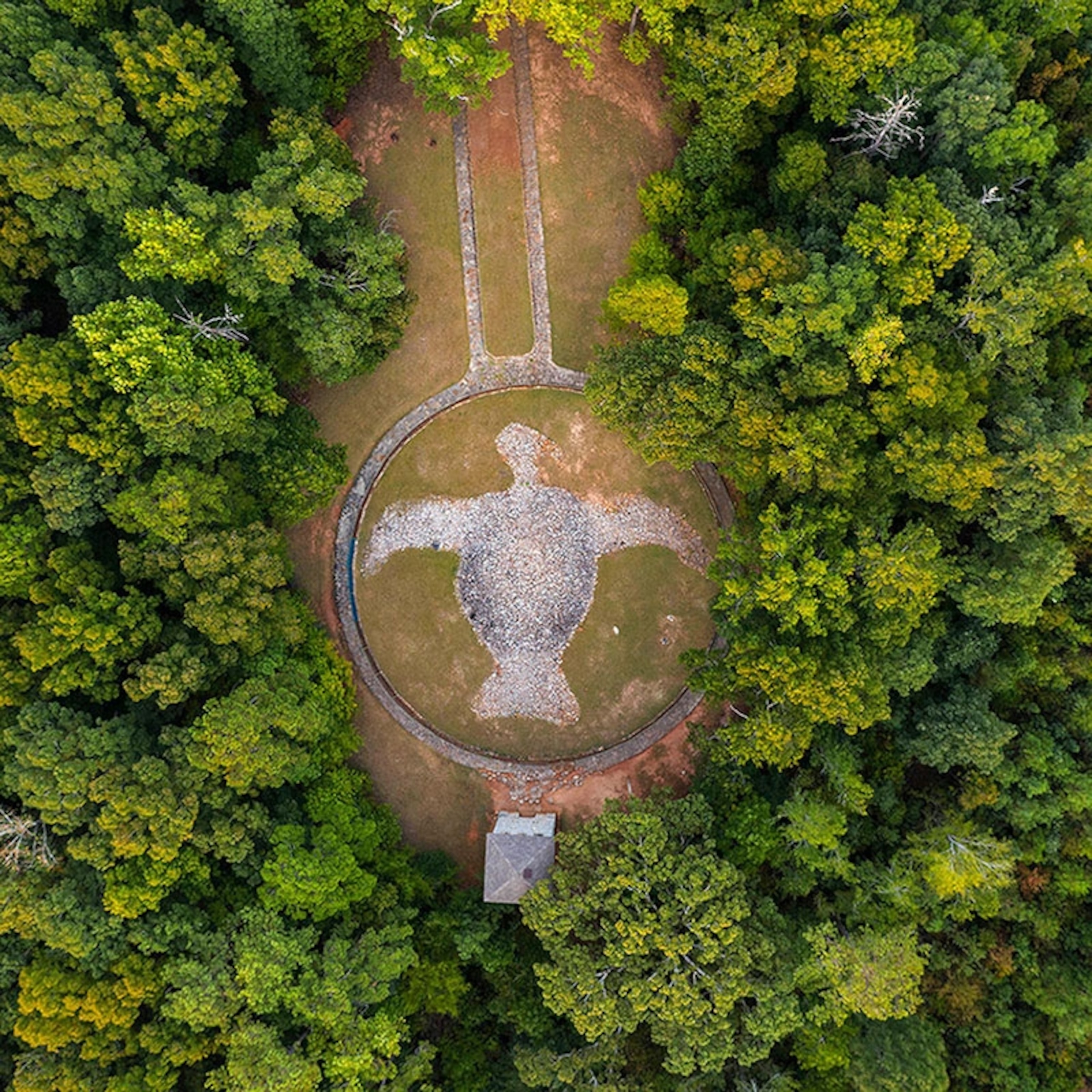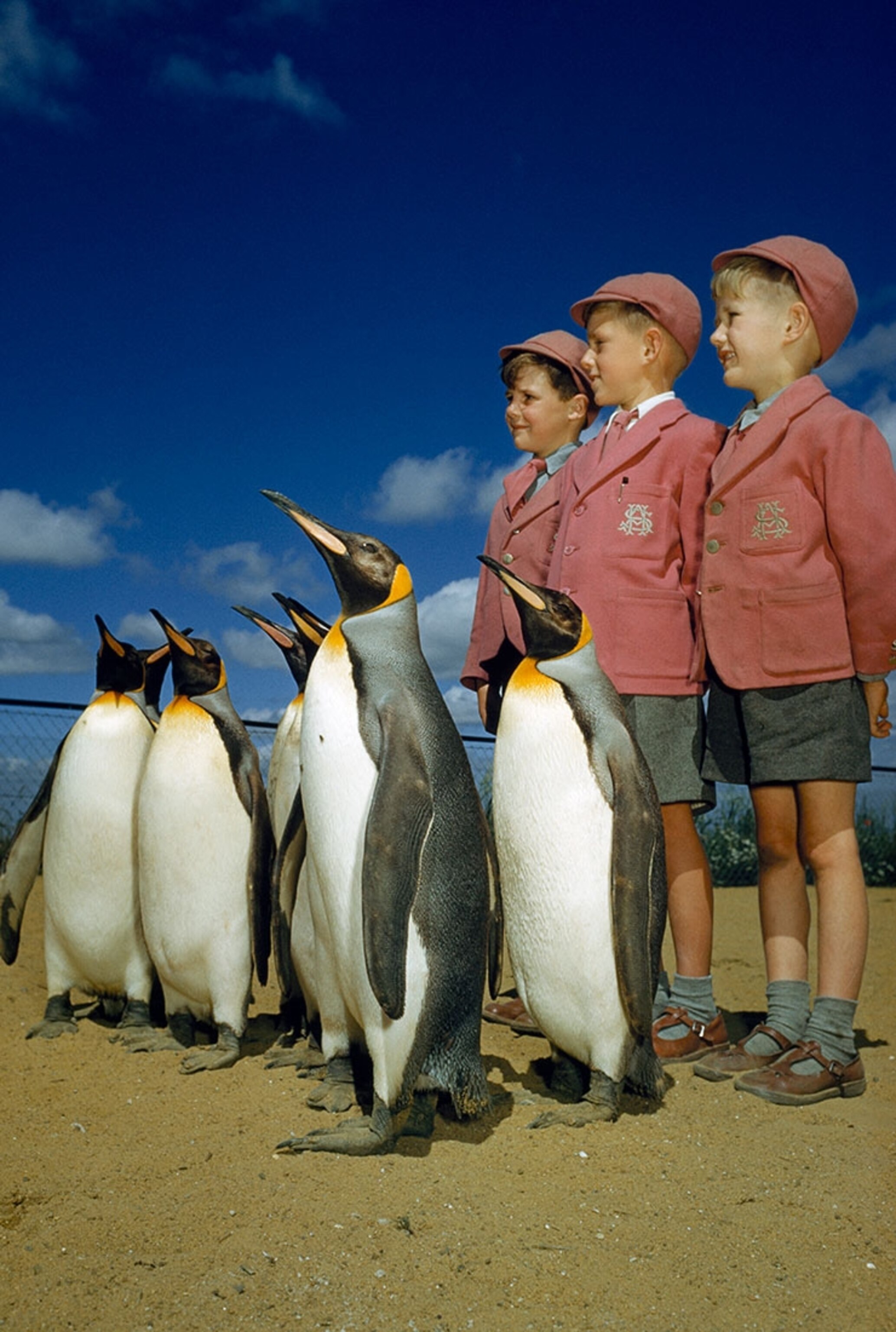
What can archaeologists tell us about Jesus?
By Debra Adams Simmons, HISTORY Executive Editor
This is one time of the year where many people look for signs of the historical Jesus.
For archaeologists, the focus is not on proving the existence of an individual named Yeshua bar Yosef, but rather understanding the bigger context of life for Jews in 1st-century Roman Palestine. "The general fact that he did certain things in Galilee, that he did certain things in Jerusalem, that he got himself executed—all of that, I think, fits perfectly into a certain scenario," John Dominic Crossan, a former priest and co-chair of the Jesus Seminar scholarly forum, told us for a story two Decembers ago.
Since then, excavations have continued throughout the Holy Land, including at ancient Magdala, the hometown of Mary Magdalene, where the first synagogue from the time of Jesus has been found.
"At each stop on my journey through Galilee," wrote Nat Geo's Kristin Romey, "Jesus' faint footprints seemed to grow a bit more distinct, a bit more discernible." Maybe in the years to come, we'll know even more.
Do you get this newsletter daily? If not, sign up here or forward to a friend.
Today in a minute
Head cone mystery: Ancient Egyptian art is filled with people wearing head cones. Maybe people thought it was symbolic, like halos, because archaeologists never had recovered the head cones seen in the images. Until now. But the two recovered cones, apparently made of beeswax, have raised several hypotheses. One: that it may have been an ornamental covering for dancers.
Jerusalem in the time of Jesus: If you’re wondering, here are maps exploring what the city looked like 2,000 years ago. These influential maps were compiled more than 1,500 years after Jesus, by a Catholic priest and a monk, only one of whom had actually been to Jerusalem. Also: Here are 1,800 years of visual representations of Jesus.
Once enemies, now tourists: Guam has come to terms, decades after its occupation by Japan in World War II, with a return of the Japanese. This time, the Japanese are looking to vacation in a more affordable version of Hawaii. In touristy areas of the island, shop signs include Japanese translations, employees speak Japanese, and select businesses accept yen as payment.
Nazi-fighters’ secret weapon: In Paris, that would have been the French capital’s public toilets, where Resistance fighters and spies gathered to exchange information to undercut the Vichy government. A new exhibition showcases the role of the public toilets in French life, during World War II and beforehand. “They were the perfect place,” Smithsonian writes, “to hide in plain sight."
Your Instagram photo of the day

A mystery in Georgia: Shockingly little is known about this Native American effigy mound. Rock Eagle has a bird image on its top, made of quartzite rocks hauled to the side, that spans 120 feet wing to wing, slightly longer than a Boeing 737. The mound is estimated at at least 2,000 years old. Photographer Stephen Alvarez shot the image for his nonprofit, Ancient Art Archive, which preserves and shares humanity’s oldest stories.
Are you one of our 128 million Instagram followers? (If not, follow us now.) +
Overheard at Nat Geo
Finally: A century late, the U.S. House and Senate have recognized the Armenian genocide. Paul Salopek, walking the Earth as part of his Out of Eden Walk, went to the spot that once had represented the flowering of Armenian culture, the town of Ani, in present-day eastern Turkey. “I have seen no place on my journey more beautiful or sadder than Ani,” Salopek wrote. The Armenians who built it are not even mentioned in tourist placards; nor do Armenians live there anymore. On his journey through Turkey, people had peppered Salopek with the century-old question: Did the writer consider the mass killings of Armenians genocide? “Killers or victims,” Salopek concluded, “there are no chosen people. There are simply people. And the dead. And what you do with your pain tells the world who you are.”
Related: The Out of Eden Walk
Did a friend forward this to you?
Come back tomorrow for George Stone on travel. If you’re not a subscriber, sign up here to also get Victoria Jaggard on science, Rachael Bale on animal news, and Whitney Johnson on photography.
One last glimpse

Eyes ahead: Boys dressed up in school uniforms pose with king penguins at the London Zoo, 1953. This image is from Found, our archival blog that was popular on the Tumblr platform.
